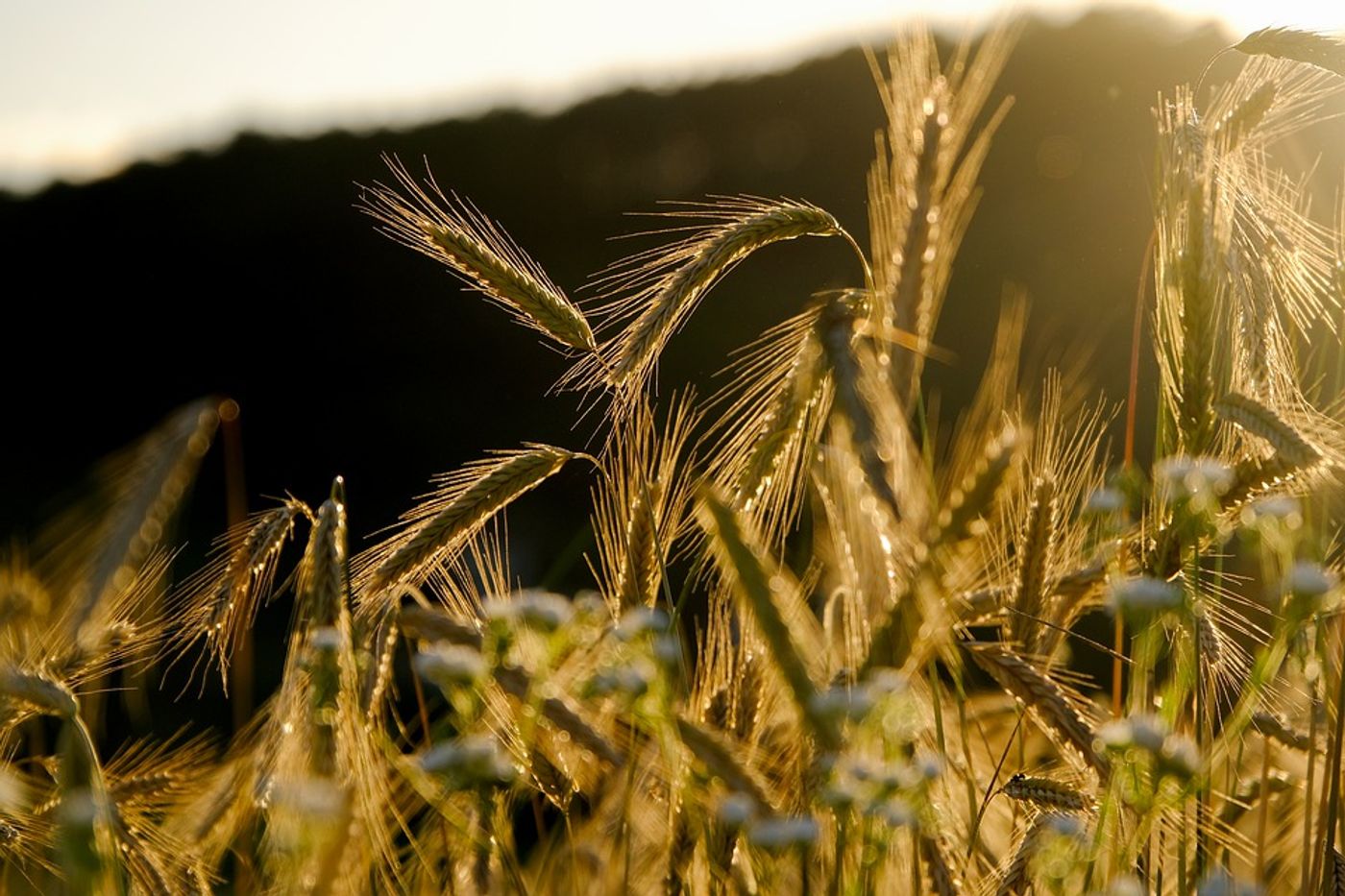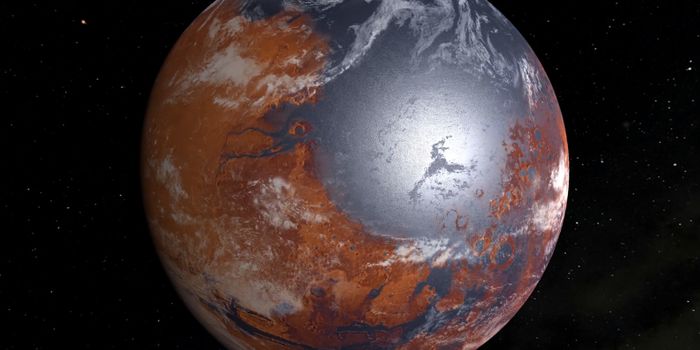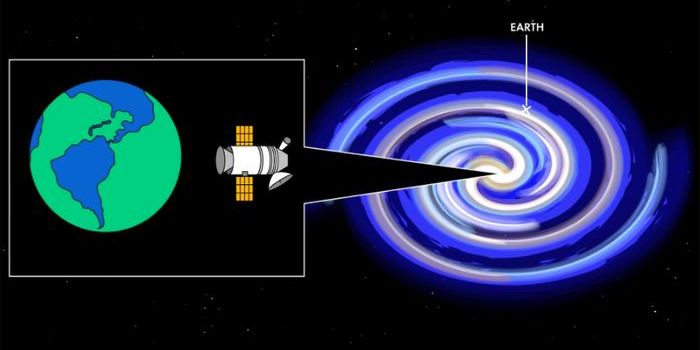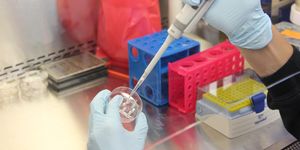Using native wild species to improve crop breeding and production
New research from the University of Portsmouth and Royal Botanic Gardens, Kew, highlights the concern that global farming techniques are not currently adapted to the climate crisis in which we are living. To address that concern, researchers have developed a checklist to guide crop and plant breeders in their decisions. The checklist has been published in the Botanical Journal of the Linnean Society.
"When plants were domesticated, they were artificially selected for a specific desirable trait. Artificial selection and farming have led to quality improvements in foods such as meat, milk, and fruit. However, over hundreds of years, there has been a negative impact to this process - a reduction in plant genetic diversity,” commented study author Dr. Rocio Perez-Barrales. “Scientists believe genetic diversity is important for plants to cope with a change in environment. This leads to a choice of using an artificial process such as the use of pesticides, to protect crops against pests. An alternative for plant breeders is to use wild crop relatives and use the natural genetic variation in those species that protects them against the natural enemies.”
Crop producers face unprecedented challenges with global warming as they attempt to make plants more resilient to changing seasons, moisture, soil acidity, and pesticide resistance. Dr. Perez-Barrales, who is a Senior Lecturer in the School of Biological Science at the University of Portsmouth added: "When the human race first domesticated crops, the climate and environment were completely different - what we are seeing in the last 50 years is a rapid change in climate. The world is now frequently facing catastrophic climate events like droughts and in the UK, we are now seeing some crops being harvested up to a month earlier than they used to be.”
The researchers intend for their checklist to help farmers increase the growth and yield of crops by utilizing wild plant species. They developed the list on the basis of a set of guidelines written 50 years ago, updating it in order to be appropriate for our current global situation. Among the key recommendations for plant breeders are using phylogenetic distance metrics, cytogenetic compatibility data (such as chromosome number and ploidy), and information about the breeding system to shortlist wild species for plant breeding programs.
Dr. Perez-Barrales explained: "Some crops have just a few closely related species, whilst others might have a hundred or so. For example, linseed has more than 150 related species, and the challenge is how do we select the relevant traits and from what wild relatives? In answering this question, we realized that we needed to learn more from the biology of the species, which can only be done by using the modern classification developed using the latest science. The classification developed in the early 1970s needed to be updated, and in effect rebooted, to integrate this modern information."
Sources: Botanical Journal of the Linnean Society, Eureka Alert









